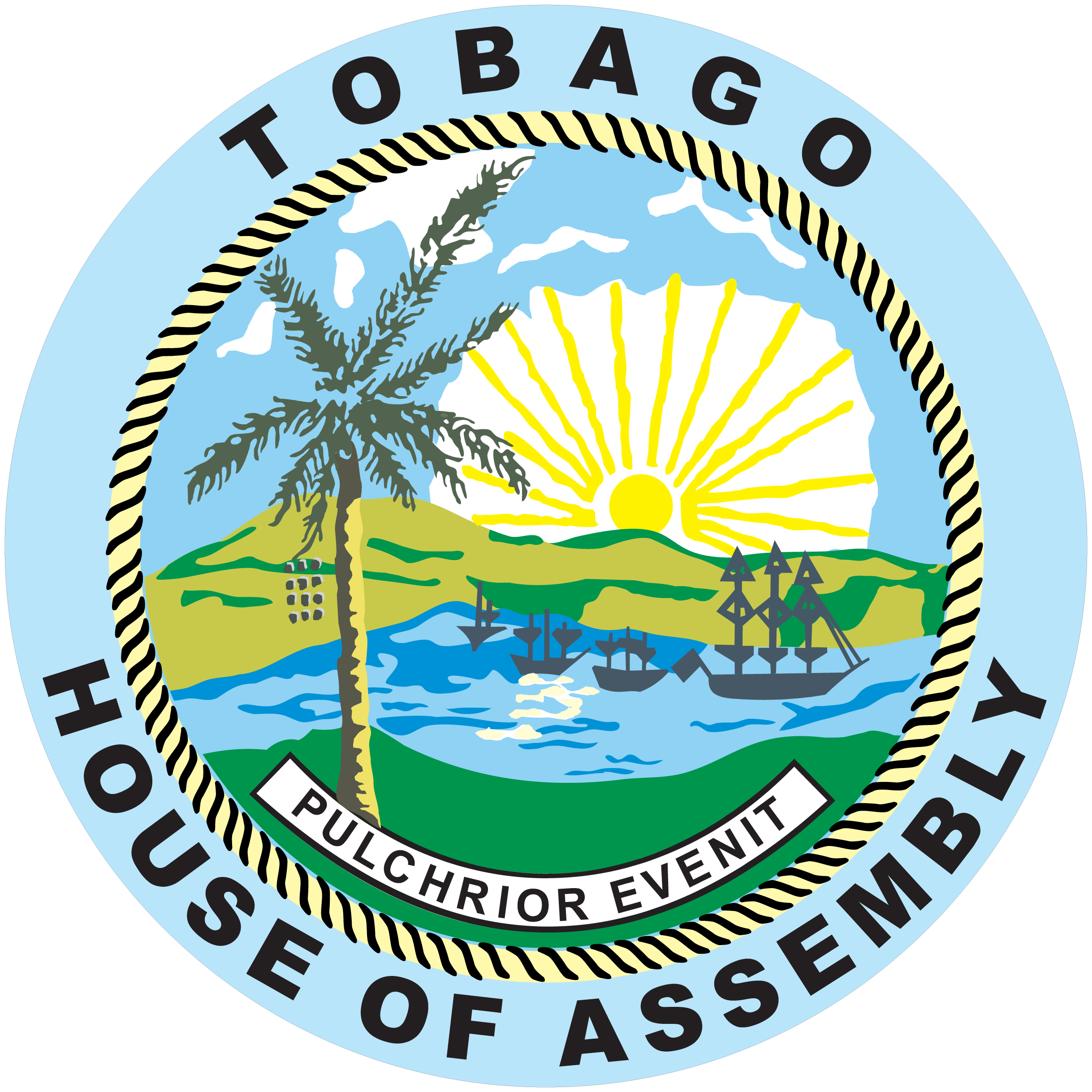There are no reported cases of the hand, foot and mouth disease in Tobago to date.
This was revealed by Secretary of Health and Social Services Claudia Groome-Duke last week.
Other islands in the Caribbean have been affected by the disease, including Jamaica and the Cayman Islands.
“We’ve been informed by the office of the County Medical Officers of Health that we have no such incidents in Tobago,” Groome-Duke said during the November 4 weekly briefing. “Nonetheless we’re on alert and in a state of preparedness.” Groome-Duke said the Tobago Public Health Emergency Response Team is monitoring the situation. The team comprises representatives from various departments, including the Tobago Emergency Management Agency and Tobago Regional Health Authority.
The Division, in collaboration with the Division of Education, Youth Affairs, and Sport, met with primary and secondary school principals last week to inform them about disease prevention.
“The team is meeting with the Principals today (November 4) at the Principal’s Conference to talk about the preparation and how to prevent the hand, foot and mouth disease,” Groome-Duke said.
Children are more susceptible to this disease because they are less likely to have antibodies and to be immune from previous exposure. Although most adults are immune, it is not unusual to have some adult cases.
Symptoms of hand, foot and mouth disease include fever, painful sores in the mouth and a rash with blisters on the hands, feet and buttocks.
The usual period from infection to onset of symptoms is between three to seven days. According to the World Health Organisation, most people recover fully. Groome-Duke said the Division is doing everything possible to keep the disease out.
